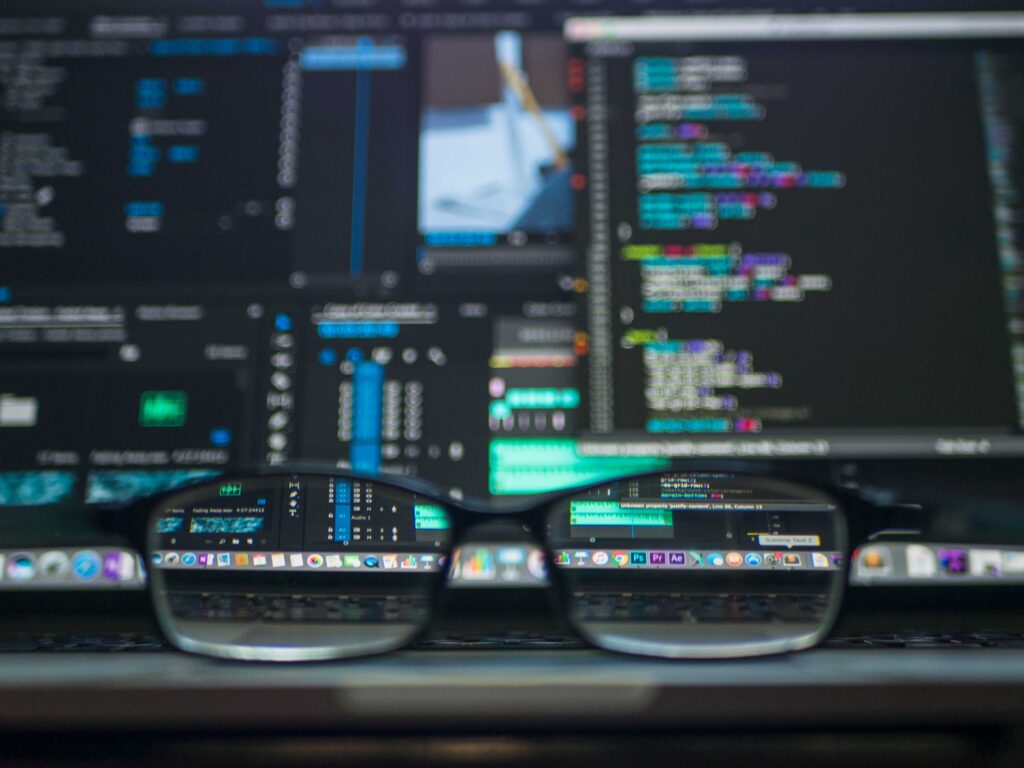Is Your Phone Really Listening, or is it just Smart Advertising?
Have you ever had that eerie feeling that your phone is listening to your conversations? Has it ever happened that you’re making ice skating plans with your friends, and the moment you open Instagram, your eyes lay upon an ice skating ad? It has happened to me, and I’m sure I’m not alone. But amidst the bewilderment, the question lingers: Is our phone genuinely listening to us, or is it all just a series of bizarre coincidences?
Although Apple claims that it doesn’t listen to users, voice assistants such as Siri and Alexa listen for wake-up words such as “Hey Siri” and “Alexa” and record the user’s speech, contributing to the creation of a user’s profile for targeted advertisements. A user’s profile includes their demographics, browsing history, online purchases, social media interactions, app usage, and much more. Additionally, Ad networks buy data from many sources and track a user’s online activity. They seem to know everything about us – our age, gender, likes, dislikes, location, hobbies, and even the time we spend on different websites. Through the data from the profile and algorithms, advertisers effectively target specific audiences for their ads. Now sometimes the ad isn’t completely in line with the user’s preferences, but there is a process that involves customization to make the ad as precise as possible with the user’s interests.
I mentioned that Apple claims that it doesn’t listen to users; however, that statement is contradicted by a report that revealed how Siri can “sometimes be mistakenly activated and record private matters,” raising privacy concerns. For the most part, the data gathered by advertisers is used anonymously to respect privacy, but it’s essential to read the terms and conditions before agreeing to them.
Because of these specific ads, one gets the impression that their phone is actively listening to them 24/7, but it’s mostly due to the role of data collection and network algorithms. Sometimes confirmation bias – the tendency of individuals to support information that aligns with their opinions and ignore information that does not – plays a role here. For example, if you’re talking about chocolate ice cream and receive an ad about it, you’ll instantly think you’re phone has been listening to you all this time, but other times when you get an ad unrelated to your conversation, you disregard it or don’t notice it.
In conclusion, while your phone does listen to you, it does through voice assistants and mostly in harmless ways. So the next time you experience the ice skating situation, you’ll know the reasons behind it.


